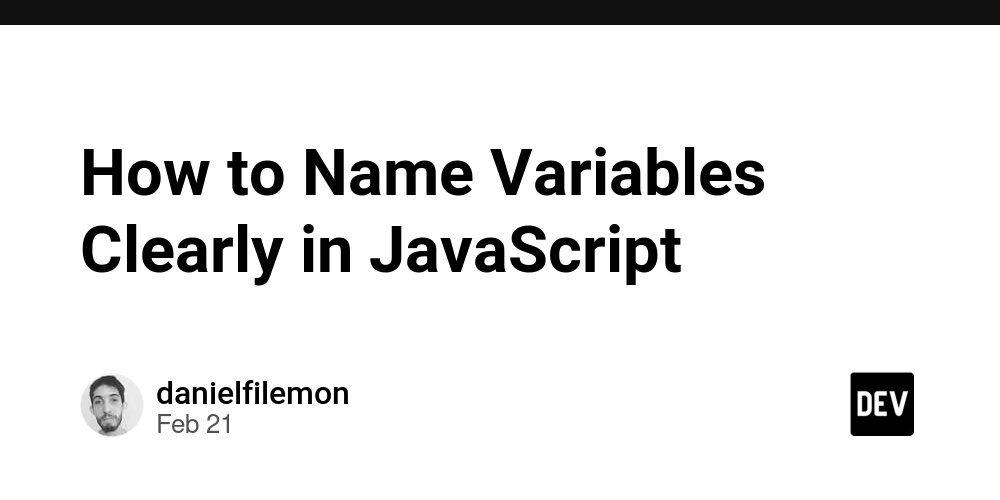My Kubernetes Learning Notes: Image Pull Policy, Labels & Selectors
Hey folks! As I continue learning Kubernetes, I’ve been digging into some foundational concepts that I think are super important to understand early on — Image Pull Policies, Labels, and Selectors. Thought I'd share what I’ve learned so far in case it helps anyone else on the same path! Image Pull Policy in Kubernetes There are three options: Always This will always pull the image from the container registry (like Docker Hub), no matter what. It’s great if you're constantly updating the image and want to make sure the latest version is always used. IfNotPresent This will only pull the image if it’s not already available locally on the node. It seems to be the default for tagged images, and it is super useful when you’re trying to avoid unnecessary pulls. Never This one won’t pull the image at all. Kubernetes just uses whatever is already there on the node. It’s probably best for air-gapped or strictly controlled environments. Example of how I used it in a YAML file: apiVersion: v1 kind: Pod metadata: name: abc spec: containers: - name: nginx-pod image: nginx imagePullPolicy: IfNotPresent Labels in Kubernetes Labels are basically key-value pairs that we can attach to pods (or other Kubernetes objects). They’re really helpful for organizing, filtering, and managing resources. apiVersion: v1 kind: Pod metadata: name: nginx-pod labels: department: hr spec: containers: - name: nginx-container image: nginx Some commands I learned: kubectl get pods --show-labels # Show labels for all pods kubectl label pod = # Add a new label kubectl label pod - # Remove a label kubectl label --overwrite pod = # Overwrite an existing label Label Selectors — Equality & Set Based Selectors let you filter pods based on their labels, which is super handy when you have a lot of resources. Equality-Based Selectors These use = and != to match specific key/value pairs. kubectl get pods --selector department=it # Only pods with department=it kubectl get pods --selector department!=it # All pods except department=it kubectl get pods -l department=hr # Another way to filter by label Set-Based Selectors These are used when you want to filter by multiple values. kubectl get pods --selector 'department in (hr,prod)' # Pods with department=hr or department=prod These might seem like small details at first, but I'm starting to realize how powerful they are when managing pods and organizing deployments at scale. Still lots to learn, but this felt like a good checkpoint to share what I’ve picked up If you're also learning Kubernetes, I would love to hear what helped you wrap your head around these topics! Drop tips or corrections if I missed anything! If you're also learning Kubernetes, I would love to hear what helped you wrap your head around these topics! Drop tips or corrections if I missed anything! Feel free to connect: Hashnode - https://hashnode.com/@dechen-tshering-3577 LinkedIn - https://rb.gy/7w546x I’ll be posting more as I go!
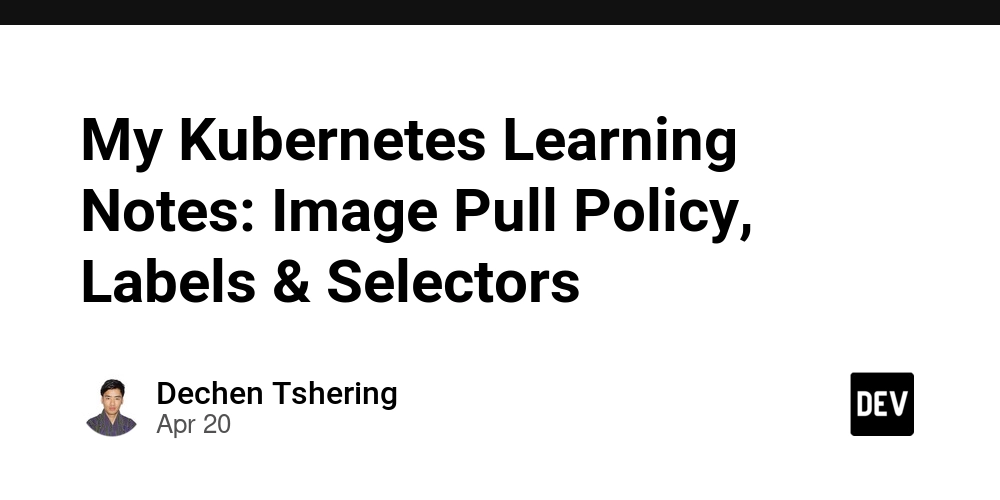
Hey folks!
As I continue learning Kubernetes, I’ve been digging into some foundational concepts that I think are super important to understand early on — Image Pull Policies, Labels, and Selectors.
Thought I'd share what I’ve learned so far in case it helps anyone else on the same path!
Image Pull Policy in Kubernetes
There are three options:
-
Always
This will always pull the image from the container registry (like Docker Hub), no matter what. It’s great if you're constantly updating the image and want to make sure the latest version is always used.
-
IfNotPresent
This will only pull the image if it’s not already available locally on the node. It seems to be the default for tagged images, and it is super useful when you’re trying to avoid unnecessary pulls.
-
Never
This one won’t pull the image at all. Kubernetes just uses whatever is already there on the node. It’s probably best for air-gapped or strictly controlled environments.
Example of how I used it in a YAML file:
apiVersion: v1
kind: Pod
metadata:
name: abc
spec:
containers:
- name: nginx-pod
image: nginx
imagePullPolicy: IfNotPresent
Labels in Kubernetes
Labels are basically key-value pairs that we can attach to pods (or other Kubernetes objects). They’re really helpful for organizing, filtering, and managing resources.
apiVersion: v1
kind: Pod
metadata:
name: nginx-pod
labels:
department: hr
spec:
containers:
- name: nginx-container
image: nginx
Some commands I learned:
kubectl get pods --show-labels # Show labels for all pods
kubectl label pod = # Add a new label
kubectl label pod - # Remove a label
kubectl label --overwrite pod = # Overwrite an existing label
Label Selectors — Equality & Set Based
Selectors let you filter pods based on their labels, which is super handy when you have a lot of resources.
Equality-Based Selectors
These use = and != to match specific key/value pairs.
kubectl get pods --selector department=it # Only pods with department=it
kubectl get pods --selector department!=it # All pods except department=it
kubectl get pods -l department=hr # Another way to filter by label
Set-Based Selectors
These are used when you want to filter by multiple values.
kubectl get pods --selector 'department in (hr,prod)' # Pods with department=hr or department=prod
These might seem like small details at first, but I'm starting to realize how powerful they are when managing pods and organizing deployments at scale.
Still lots to learn, but this felt like a good checkpoint to share what I’ve picked up
If you're also learning Kubernetes, I would love to hear what helped you wrap your head around these topics! Drop tips or corrections if I missed anything!
If you're also learning Kubernetes, I would love to hear what helped you wrap your head around these topics! Drop tips or corrections if I missed anything!
Feel free to connect:
Hashnode - https://hashnode.com/@dechen-tshering-3577
LinkedIn - https://rb.gy/7w546x
I’ll be posting more as I go!









































































































































































![[The AI Show Episode 144]: ChatGPT’s New Memory, Shopify CEO’s Leaked “AI First” Memo, Google Cloud Next Releases, o3 and o4-mini Coming Soon & Llama 4’s Rocky Launch](https://www.marketingaiinstitute.com/hubfs/ep%20144%20cover.png)
















































































































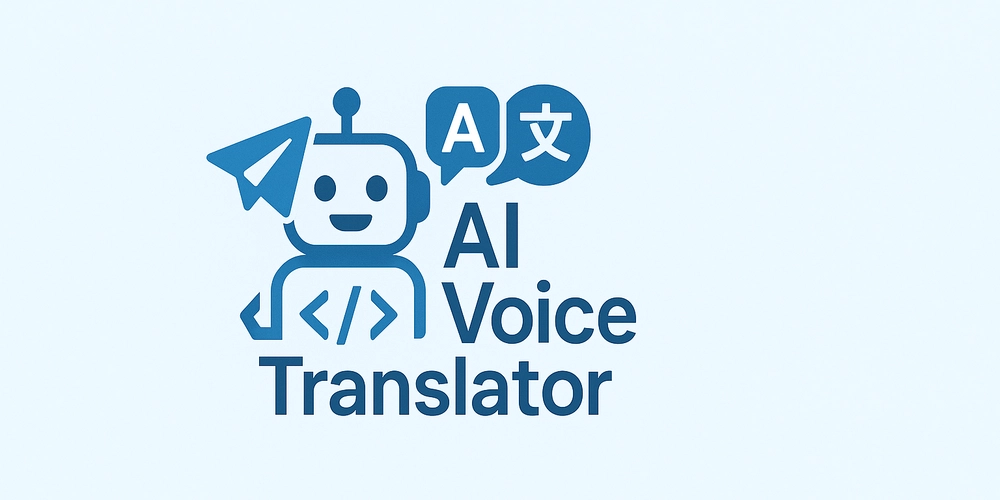
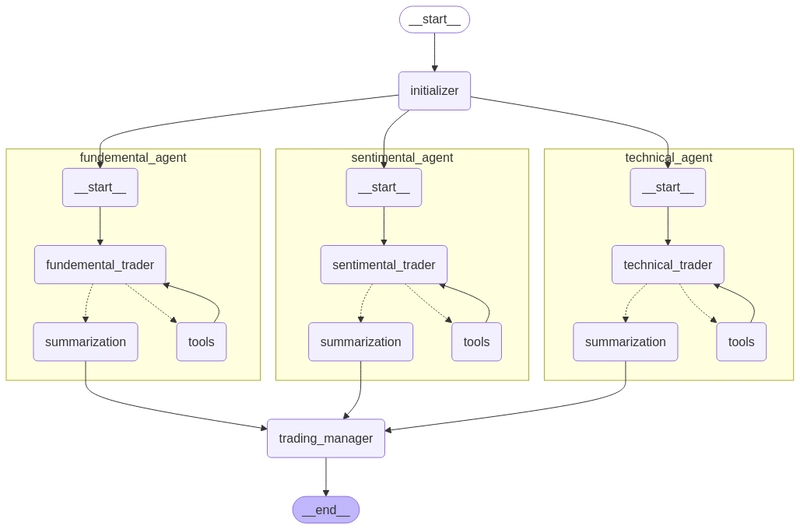
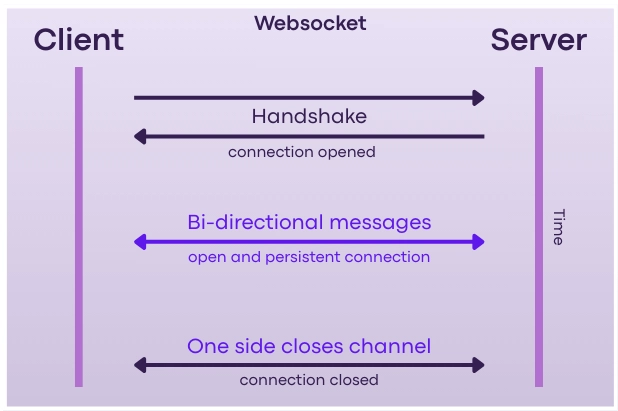
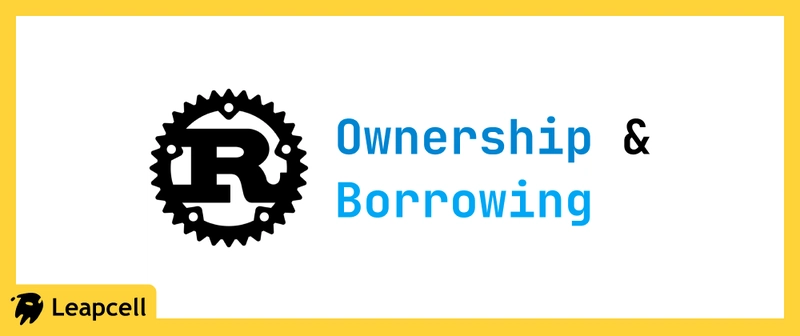









![[DEALS] The All-in-One Microsoft Office Pro 2019 for Windows: Lifetime License + Windows 11 Pro Bundle (89% off) & Other Deals Up To 98% Off](https://www.javacodegeeks.com/wp-content/uploads/2012/12/jcg-logo.jpg)



























![Is this too much for a modular monolith system? [closed]](https://i.sstatic.net/pYL1nsfg.png)











































































































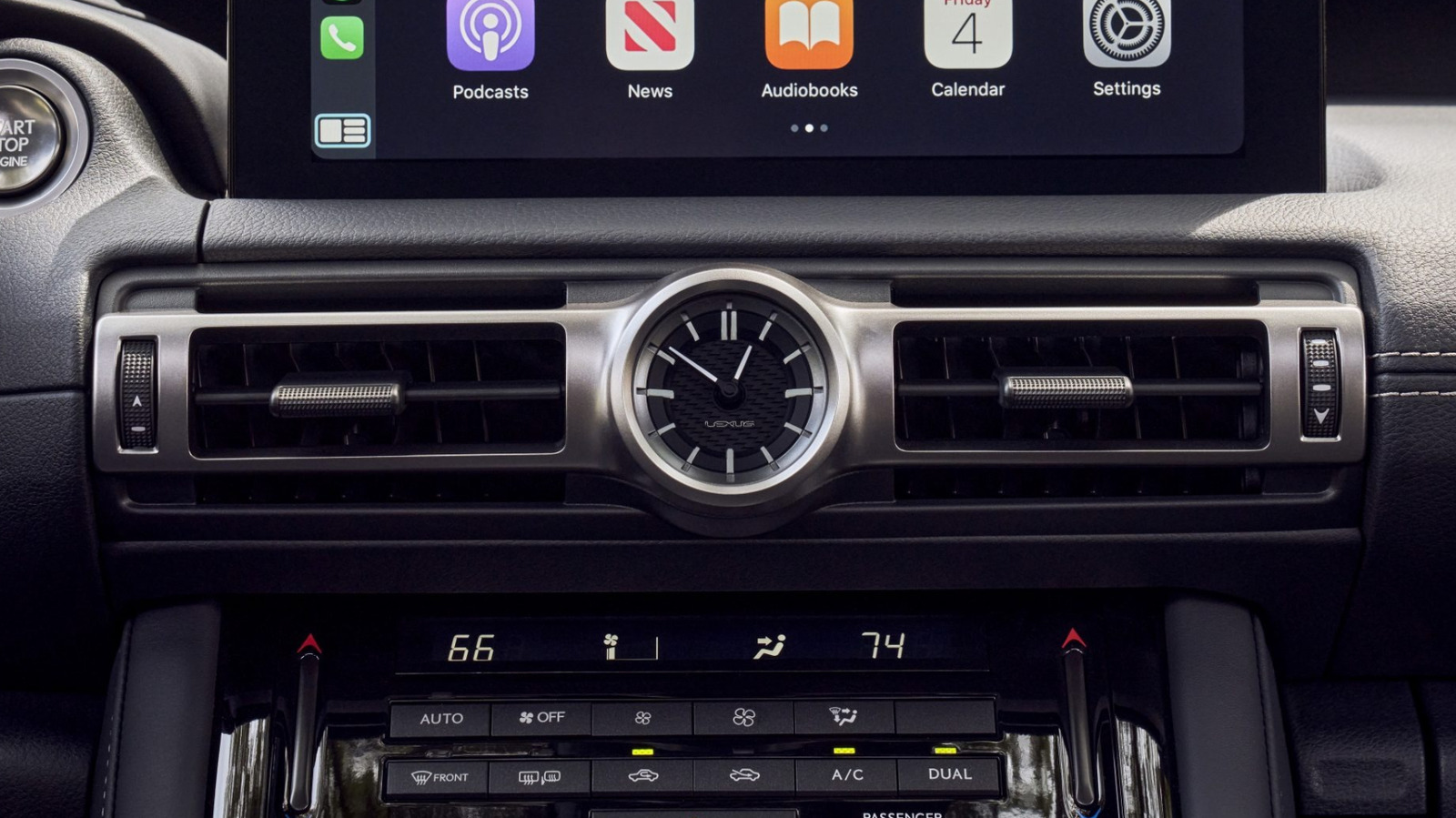










_Andreas_Prott_Alamy.jpg?width=1280&auto=webp&quality=80&disable=upscale#)








































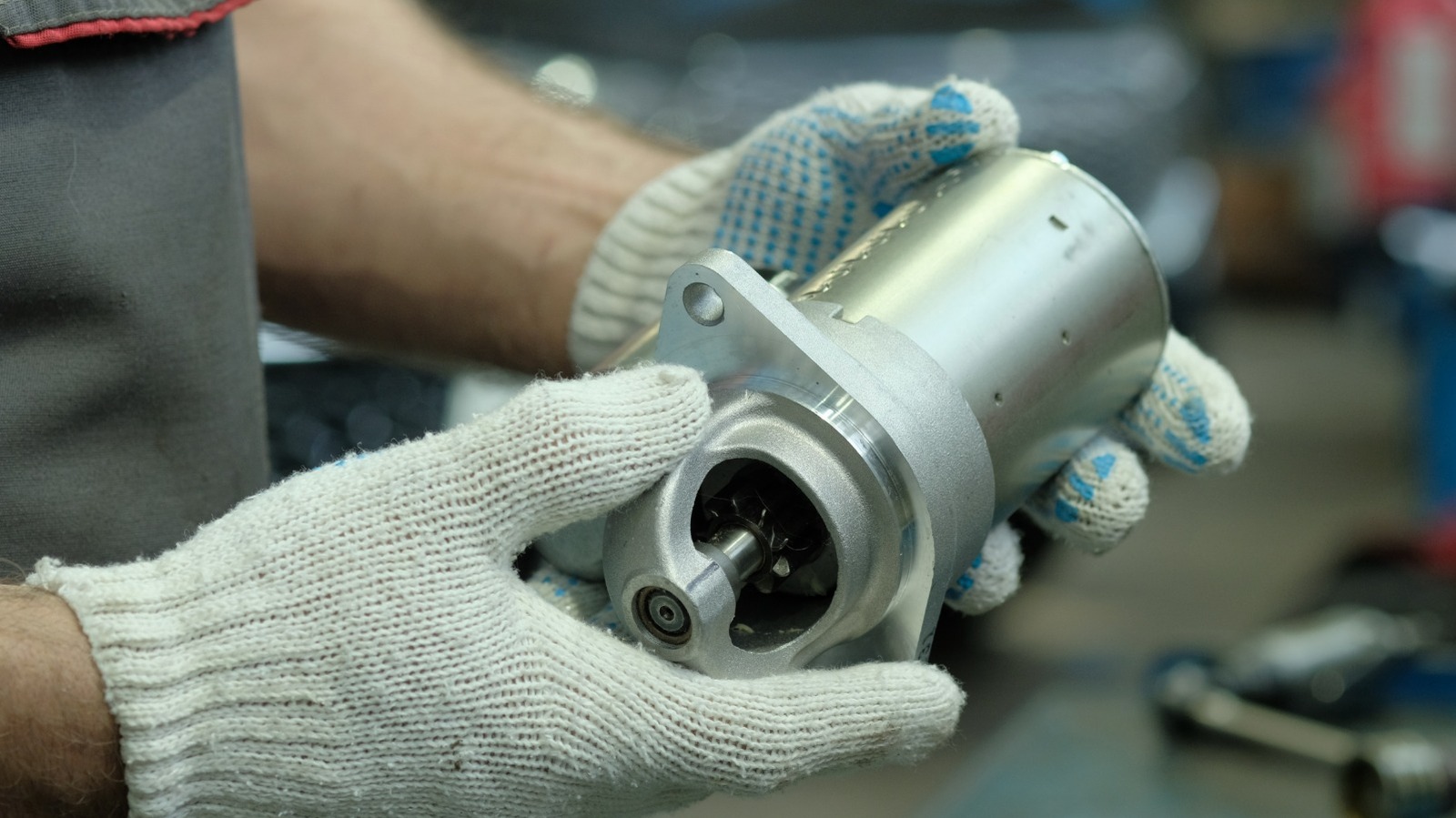

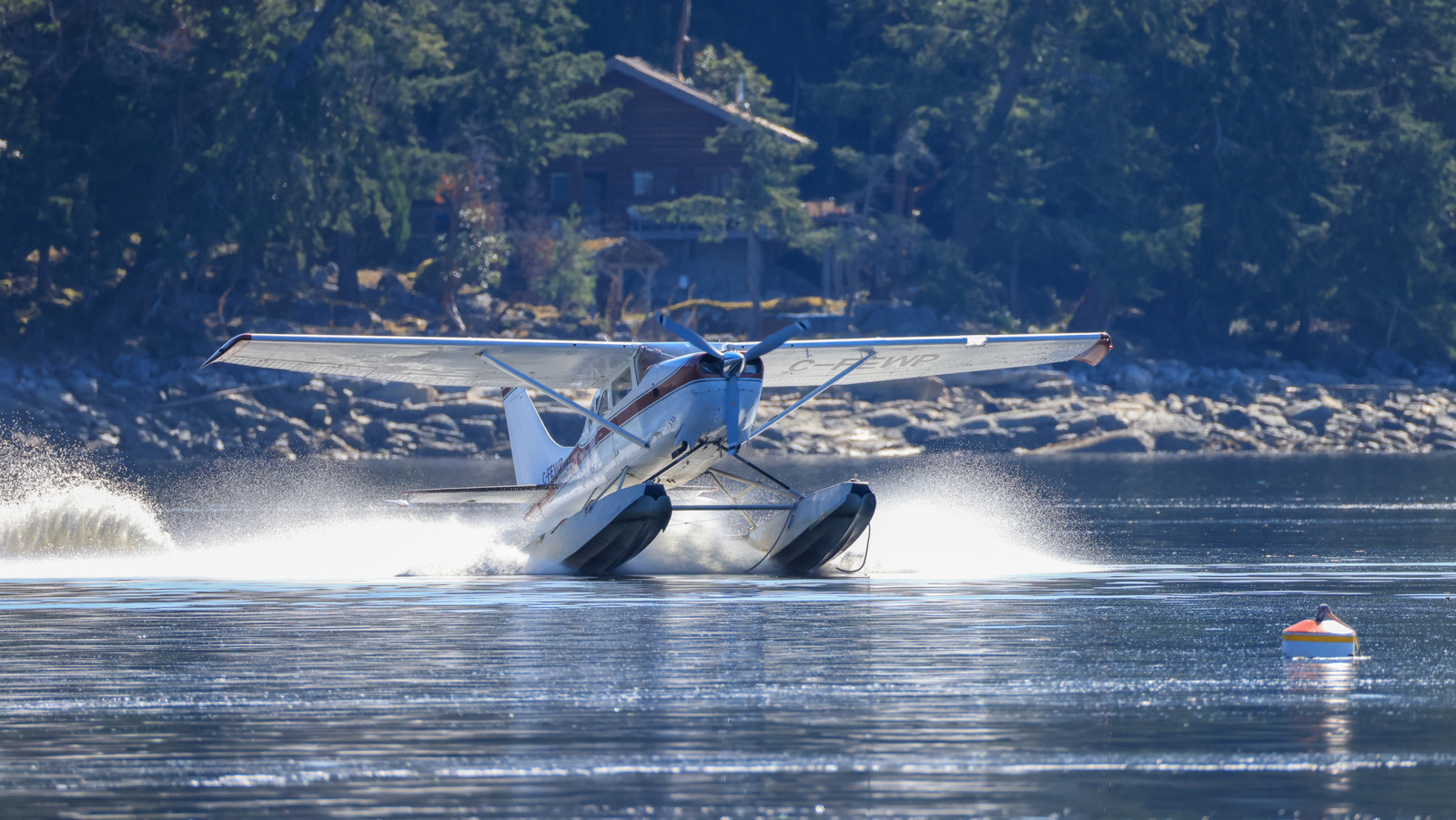



















































![What features do you get with Gemini Advanced? [April 2025]](https://i0.wp.com/9to5google.com/wp-content/uploads/sites/4/2024/02/gemini-advanced-cover.jpg?resize=1200%2C628&quality=82&strip=all&ssl=1)












![Apple Shares Official Trailer for 'Long Way Home' Starring Ewan McGregor and Charley Boorman [Video]](https://www.iclarified.com/images/news/97069/97069/97069-640.jpg)
![Apple Watch Series 10 Back On Sale for $299! [Lowest Price Ever]](https://www.iclarified.com/images/news/96657/96657/96657-640.jpg)
![EU Postpones Apple App Store Fines Amid Tariff Negotiations [Report]](https://www.iclarified.com/images/news/97068/97068/97068-640.jpg)
![Apple Slips to Fifth in China's Smartphone Market with 9% Decline [Report]](https://www.iclarified.com/images/news/97065/97065/97065-640.jpg)
































































































































